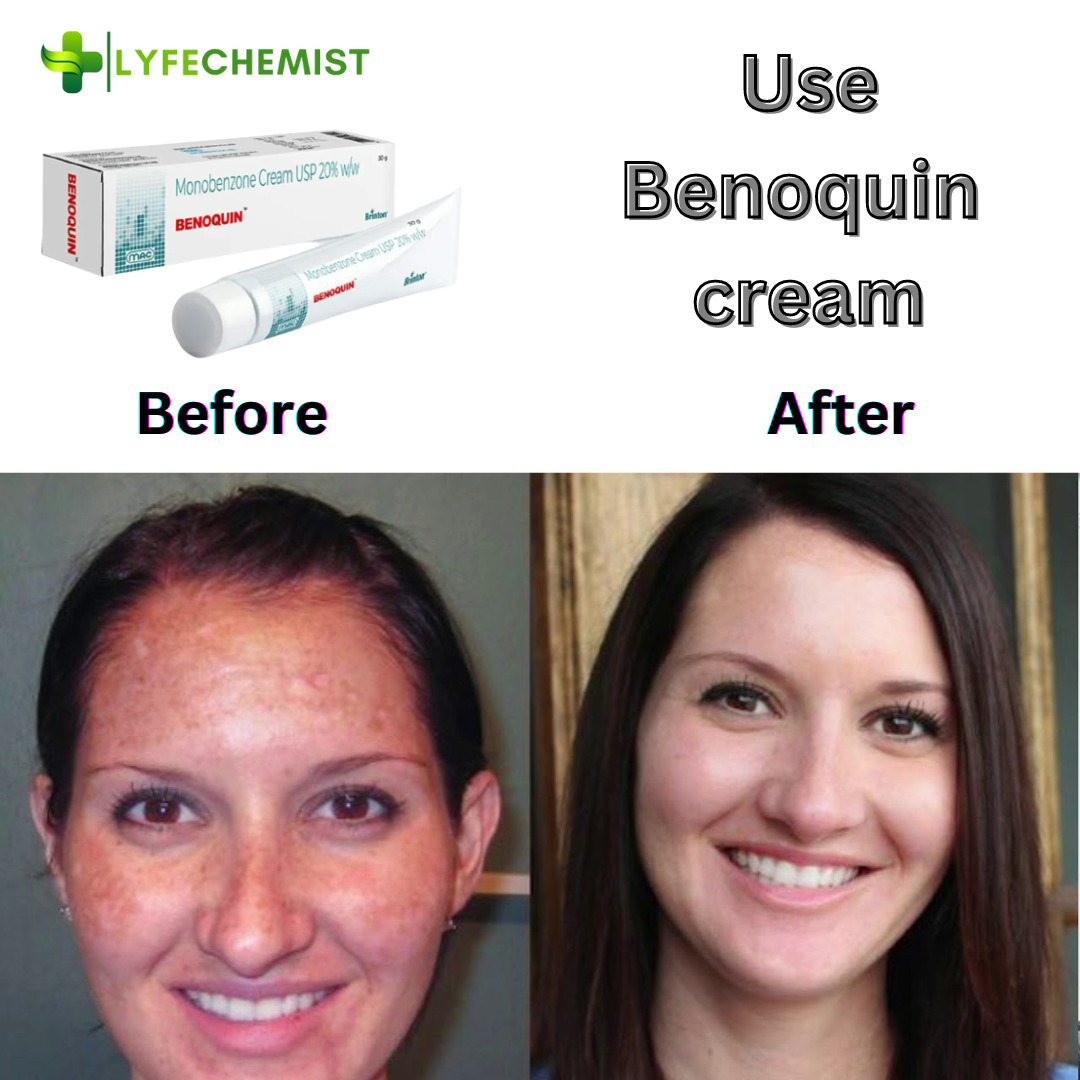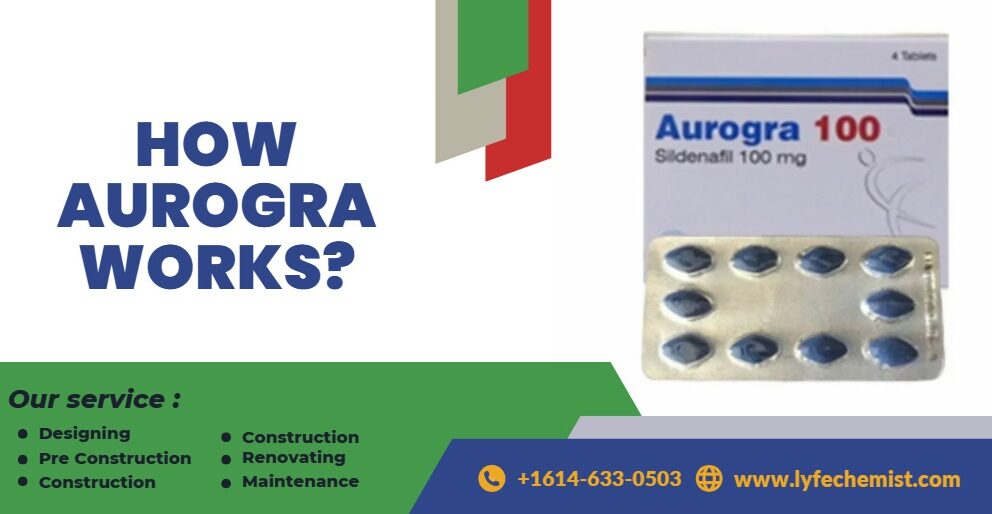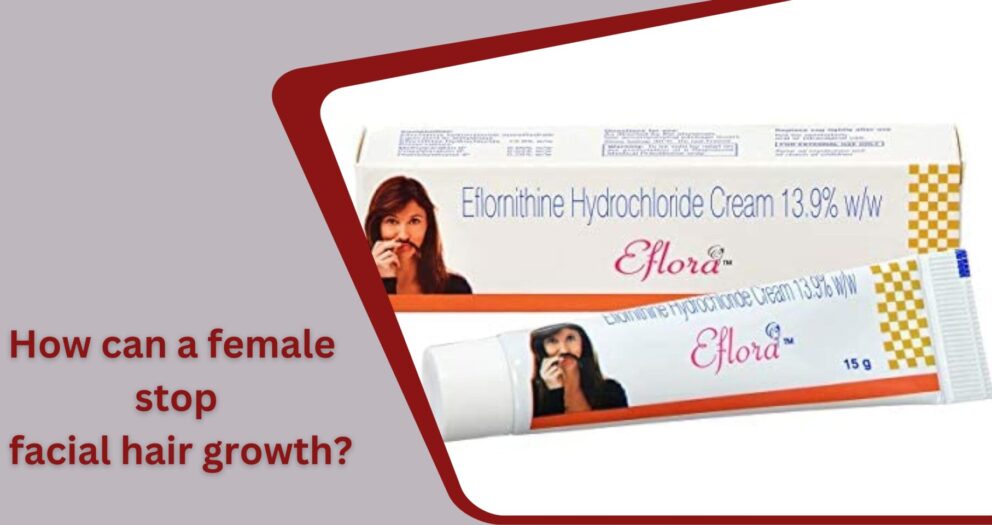The discolored skin areas get bigger over a while. This condition can occur on any body part including hair & mouth.
Well, there is no cure for this disease and it is not possible to cure it in a month. Thankfully, different treatments can help you restore skin color to some extent. Certain topical medications like Benoquin Cream (Monobenzone) can also help reduce the white batches and regain skin color.
When does Vitiligo occur?
It occurs when melanin-producing cells stop working or die. This condition can affect people of different skin types, but it is more common in people with black or brown skin. Well, this condition is not fatal and doesn’t spread from one person to other. It causes social stress and lower self-esteem in many people.
While there is no cure for this condition and treating it in one month is not possible, some treatments can help regain skin color on discolored patches. But, the treatment will not prevent further loss of skin color.
What are the signs of Vitiligo to check out for?
- Loss of skin color in patches that start appearing from the face, hands, and skin areas around genitals and body openings.
- Color loss in tissues in the passage that connects the nose and mouth
- Premature graying of hair on eyelashes, scalp, beard, and eyebrows.
This condition can begin at any age but normally appears before 30.
Based on the vitiligo type you are suffering from it can impact
-
Almost all skin areas
It is termed universal vitiligo where the skin loses color in mostly all parts of the skin areas.
-
Several body parts
This is a common type and is termed generalized vitiligo. In this type, the white patches progress symmetrically.
- Only a single side/part of the body
It is termed segmental vitiligo which can occur at a very young age and increase for a year or 2 and then would stop.
- One/only some sections of the body
This type is called localized vitiligo.
- The face & hands
This is termed acrofacial vitiligo where the discoloration occurs on hands, face, and near body openings like ears, nose, and eyes. It is not easy to predict how this condition will progress. At times the patches stop developing further without treatment. On the other hand, in most cases, pigment loss increases and covers more parts of the skin. Sometimes the skin restores its original color.

before and after use of benoquin cream
When you should visit a skin doctor?
If you find the areas on the skin, mucous membranes or hair start losing color, you should see a skin doctor. There is no cure for Vitiligo, but the treatment can help slow or stop the discoloration and help the skin regain its natural color.
Diagnosis
Your skin doctor will discuss your medical history, and check your skin using a special lamp. The examination may include blood tests or a skin biopsy.
Vitiligo Treatment Options
The treatment options depend on how much skin is affected, your age, and how fast the disease is increasing and impacting your life. Medications like Monobenzone cream and light-based treatments can be accessed to bring back skin color though the results are not predictable. Some treatments come with negative side effects, so your skin specialist may suggest you try changing the color of your skin by putting on a self-tanning makeup or product.
If you decide to opt for therapy, surgery, or medicines upon your doctor’s advice, the process can take several months to analyze its efficacy. You may have to try a combination of treatments before you come across one that suits you the best.
You may notice visible changes from the treatment but the results may not last for longer and new patches may start developing. Your skin specialist may suggest a medicine like Benoquin Cream as a topical cream to apply on the skin as maintenance therapy to prevent worsening.
Let us go through various treatment options
- Medications
No medicines can stop the development of vitiligo which is a loss of melanin. On the other hand, some medicines when used in combination or alone with light therapy can help regain skin color.
- Medicines that control infection
Apply a corticosteroid cream to infected skin can help bring back the skin color. It is one of the most effective treatments for vitiligo in its initial stages. This cream is easy to use. The results may not be seen for several months. Some side effects include skin thinking or streaks or lines on the skin.
Mild types of medicines may be given to children & those who have bigger skin surfaces with skin discoloration. Well, corticosteroid injections/pills can be an option for those whose vitiligo is increasing faster.
-
Therapies
-
Light therapy
Phototherapy has proved to be an effective treatment to slow or stop the development of active vitiligo. When used with corticosteroids/calcineurin inhibitors it can be more effective. You would need light therapy twice/thrice a week. It can take one to three months before you see any changes in skin color. To get maximum results, it may take 6 months or more.
You should speak to your skin specialist before opting for this therapy to understand the benefits and risks of the medicines with light therapy. Side effects of this therapy can be burning, itching, and redness which will clear up in a few hours post-treatment.
Combination of light therapy & psoralen
This type of treatment uses a combination of psoralen (plant-extracted substance) and light therapy to restore skin color. After you use psoralen for application on the skin or take it orally, You are exposed to UVA light. This method is effective but cumbersome to perform and has been substituted by narrow-band UVB therapy.
Depigmentation
You can consider this option in case your vitiligo has spread to large areas on your skin and other treatment options didn’t work for you. During this treatment, a depigmenting agent is put on the areas of skin that are not affected. This slowly lightens your skin so that it gels with the areas that are discolored. This therapy is carried out once/twice a day for around 9 months or more. Side effects include swelling, itching and redness, and dry skin. Depigmentation is completely permanent.
Surgery
In case medications and light, therapy fail to work for you, some people with a condition that has become stable can opt for surgery. Some of the techniques are useful to give you an even skin tone by regaining natural color.
Skin grafting
Here, the doctor will transfer small portions of healthy skin to the affected areas. This treatment is used sometimes to cover small areas of vitiligo.
Blister grafting
Here, the doctor will create blisters on pigmented skin areas normally using suction, and transplant the blisters top to the affected skin.
The risks include cobblestone looks, scarring, and chances that the areas do not get normal color. You may face skin damage due to suctioning and it may cause yet another vitiligo patch.
Takeaway
Vitiligo has no cure. Well, some treatments can help you based on the type of vitiligo and its severity but it cannot be permanent. It is better to accept the condition and stay stress-free so that you do not get more discolored patches on your skin.

Use benoquin cream







Write a comment
Your email address will not be published. All fields are required